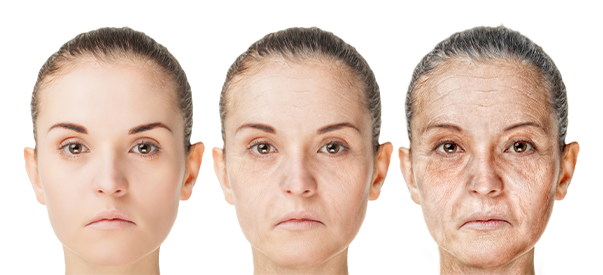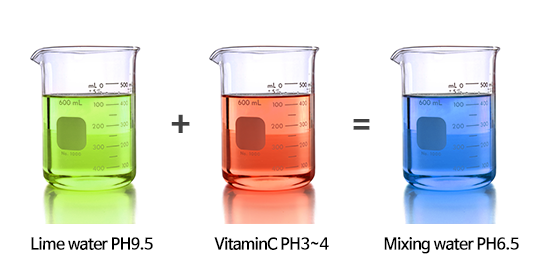MENU
PP microfilter uses 100% polypropylene This filter is manufactured using the Melt Blown technique and has a multi-layered density structure.
The general type microfilter is divided into EB Filter and WB Filter by difference between internal and external diameter,
and various residual plots between 0.5 and 200 microns are produced from 20mm to suit customer need length specifications.
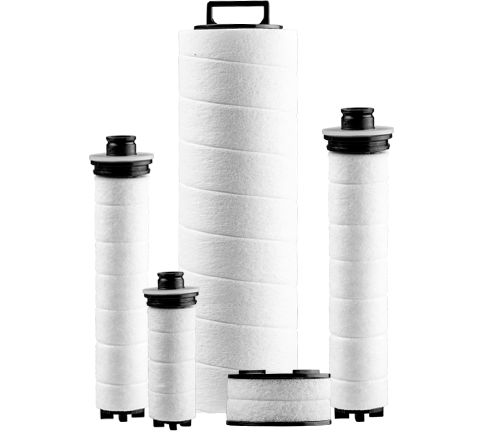
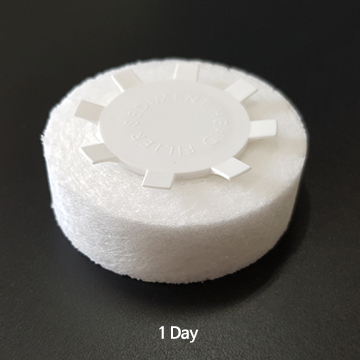
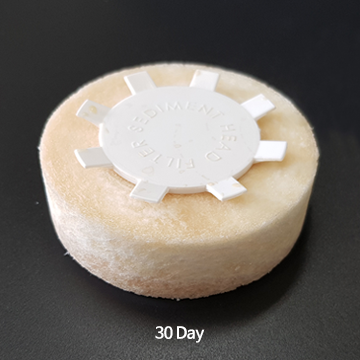

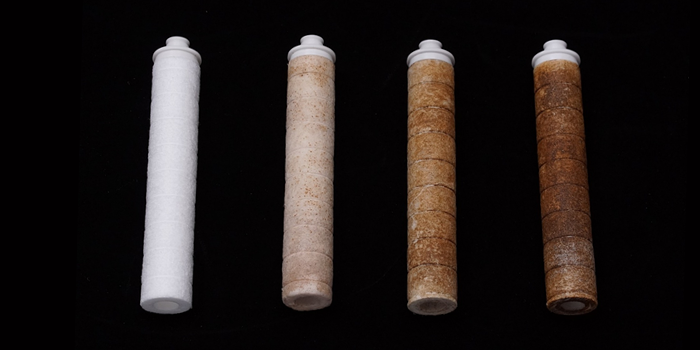

It is a cartridge filter that filters particulate matter such as rust, foreign substances, impurities, etc. that can occur in an aged water pipe by forming a fine fiber and thick fiber tissue.
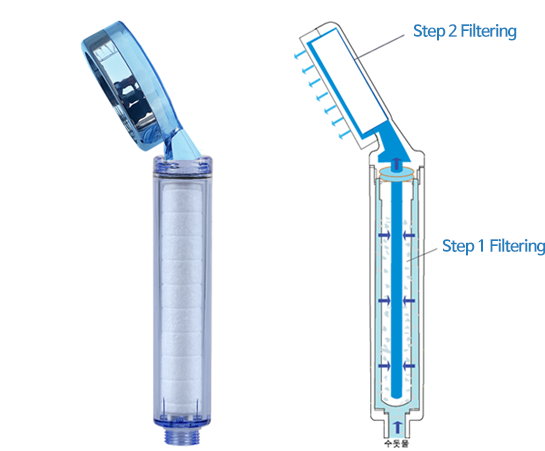
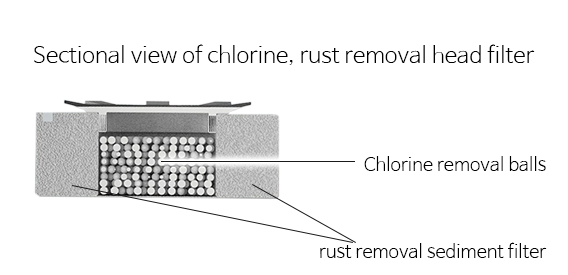
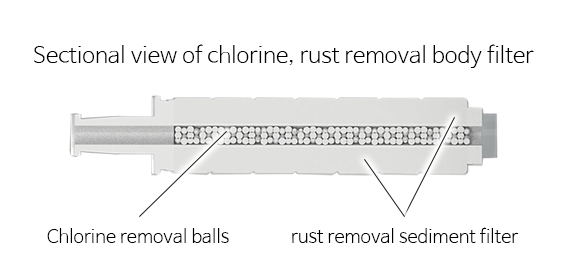

Named: Calcium sulphate (Auric acid).
Application: Residual chlorine removal (decrease) material, food sterilizer, antioxidant.
Characteristic: As the trace amount is used (0.043g per liter of water at room temperature), the reaction rate is very fast in response to residual chlorine, and the volume per minute is high.


